Home>Garden Essentials>Bridging The Gap: How A Recessed Freeway In Dallas Transformed Into An Urban Green Space
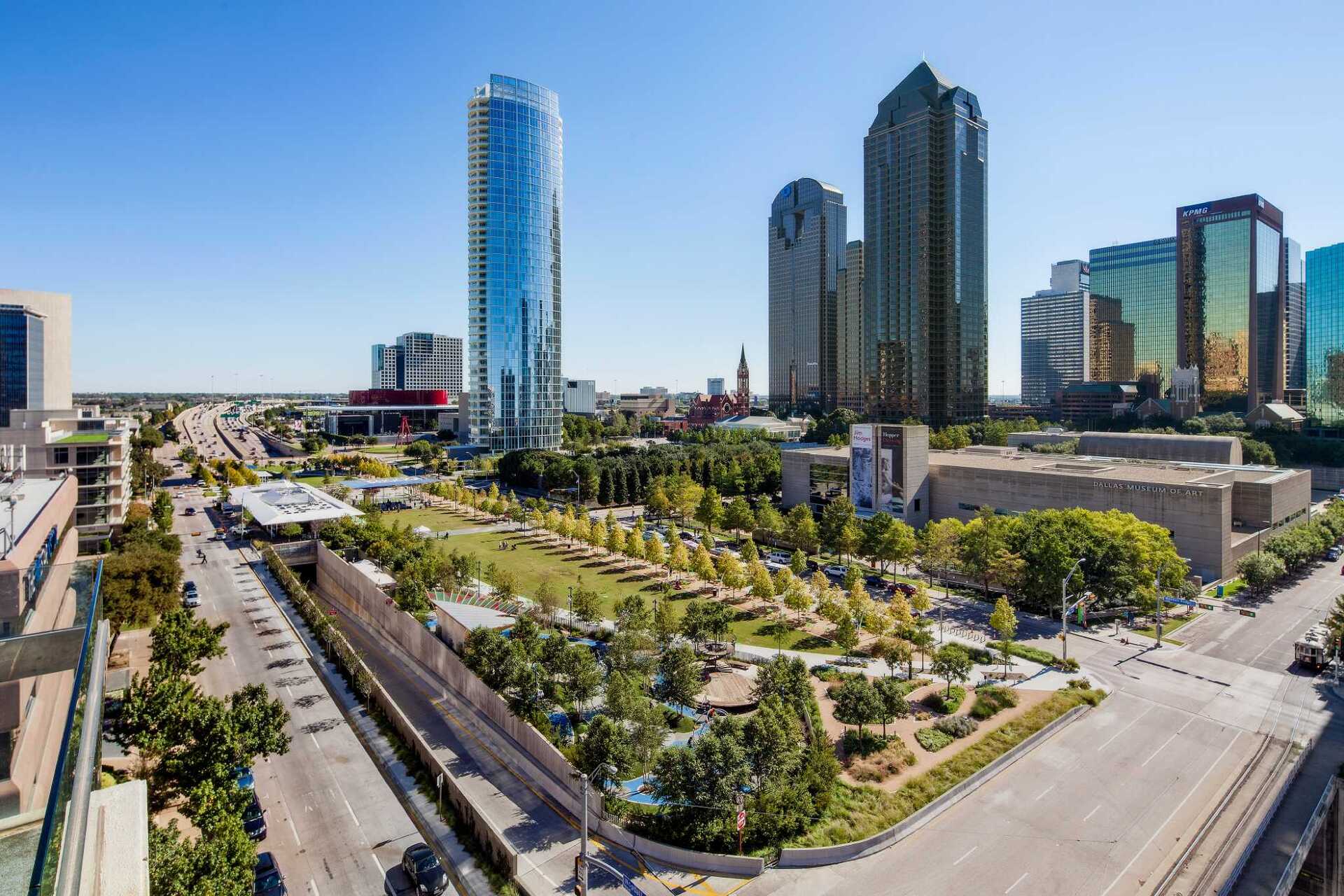

Garden Essentials
Bridging The Gap: How A Recessed Freeway In Dallas Transformed Into An Urban Green Space
Modified: March 7, 2024
Discover the remarkable transformation of a recessed freeway in Dallas into a vibrant urban garden. Experience the harmonious blend of nature and architecture in this captivating green space.
(Many of the links in this article redirect to a specific reviewed product. Your purchase of these products through affiliate links helps to generate commission for Storables.com, at no extra cost. Learn more)
Introduction
When it comes to urban development and revitalization, finding innovative solutions to repurpose existing infrastructure is a key consideration. One striking example of such transformation can be found in Dallas, where a recessed freeway has been turned into an urban green space. This project, known as the Recessed Freeway Transformation, has not only reshaped the city’s landscape but also provided a host of benefits to the community.
The Recessed Freeway Transformation in Dallas is a successful endeavor that showcases how underutilized spaces can be transformed into vibrant and usable areas. By repurposing an outdated freeway, the project has not only beautified the city but also created a valuable asset for residents and visitors alike. This article will delve into the history of the recessed freeway, the redesign process, the benefits it offers, and the challenges faced along the way.
Key Takeaways:
- A once noisy freeway in Dallas was transformed into a beautiful park, improving air quality, providing recreational opportunities, and fostering community connections. It shows how repurposing spaces can benefit everyone.
- Community involvement was crucial in the success of the park’s transformation. From planning to maintenance, the community’s active engagement and pride have made the park a vibrant and sustainable urban oasis.
Read more: How To Build Garden Bridges
The History of the Recessed Freeway in Dallas
The recessed freeway in Dallas, also known as the Klyde Warren Park, was once a congested and noisy highway that divided the city’s downtown area. The construction of Interstate 30 in the 1960s created a barrier between neighborhoods and disrupted the natural flow of the urban landscape. The elevated freeway not only obstructed pedestrian movement but also hindered social connectivity.
For decades, the recessed freeway posed significant challenges to urban planners and residents alike. However, recognizing the need for a sustainable transformation, the city embarked on a mission to re-imagine the space and create a green oasis in the heart of Dallas.
Officially opened in 2012, the Recessed Freeway Transformation is a prime example of urban renewal and connectivity. Designed to bridge the gap between neighborhoods and promote community engagement, the project has transformed the once divisive freeway into an expansive and inclusive urban green space.
The transformation project not only addressed the practical challenges of the recessed freeway but also sought to enhance the aesthetics of the surrounding area. By incorporating landscaped gardens, walking and cycling paths, seating areas, and recreational facilities, the Recessed Freeway Transformation has rejuvenated the downtown area, turning it into a welcoming and accessible destination.
Moreover, the project has successfully connected previously fragmented neighborhoods. The presence of the recessed freeway created a physical barrier, isolating communities from each other. By repurposing the space into a vibrant park, the project has fostered social interaction and brought communities together.
Not only has the Recessed Freeway Transformation enhanced the physical environment of Dallas, but it has also contributed to the city’s cultural and artistic offerings. The park hosts a variety of events, including live music performances, art exhibitions, and community gatherings. This has become a place where residents can connect, relax, and partake in the vibrant cultural scene of the city.
Overall, the history of the recessed freeway in Dallas is one of transformation and renewal. What was once a symbol of division and congestion has been transformed into a symbol of unity and green innovation. The project has set a precedent for other cities around the world, demonstrating the potential to reimagine and repurpose underutilized spaces for the betterment of the community.
Redevelopment Plans: From Highway to Park
The redevelopment plans for the recessed freeway in Dallas were meticulously crafted to ensure a seamless and successful transformation. The city’s vision was to convert the underutilized space into a vibrant and functional urban green space that would cater to the needs and desires of the community.
The first step in the redevelopment process was extensive research and public engagement. City officials and urban planners conducted thorough studies to understand the challenges and opportunities presented by the recessed freeway. The input and feedback from residents, local businesses, and community organizations were crucial in shaping the vision for the park.
After gathering valuable insights from the community, the city collaborated with renowned landscape architects and designers to develop a comprehensive plan. The goal was to create a park that seamlessly integrated with the surrounding urban fabric, providing a serene oasis from the bustling city life.
The park’s design focused on incorporating sustainable and environmentally friendly features. From native plantings that require less water to energy-efficient lighting, every aspect of the redevelopment plan was carefully considered to minimize the park’s ecological footprint.
The conversion of the recessed freeway into a park required significant structural modifications. The decision to recess the freeway, rather than completely remove it, allowed for the creation of a large, interconnected green space on top. This innovative approach not only maximized the use of the existing infrastructure but also helped to minimize construction costs.
The park design also prioritized pedestrian and cyclist safety. Separate paths for pedestrians and cyclists were integrated into the design to ensure a harmonious coexistence. Additionally, the redevelopment plans incorporated multiple entry points and convenient access to public transportation, making it easy for visitors to reach the park without relying on cars.
In line with the city’s vision of community engagement, the redevelopment plans included spaces for public art installations and performance areas. These spaces not only added artistic value to the park but also provided opportunities for local artists to showcase their talent and engage with the community.
Overall, the redevelopment plans for the recessed freeway in Dallas successfully transformed a once bleak and neglected space into a vibrant and inclusive urban green space. The careful consideration of the community’s input, sustainable design features, and the integration of art and culture were key elements in the successful conversion of the highway to a park.
Designing the Urban Green Space
Designing the urban green space for the recessed freeway transformation in Dallas was a meticulous process that aimed to create an inviting, functional, and sustainable environment for residents and visitors.
The design of the park was based on principles of connectivity, accessibility, and ecological preservation. One of the primary goals was to seamlessly integrate the park with the surrounding urban fabric, creating a harmonious transition from the bustling city to the tranquil oasis.
The park’s layout was carefully planned to provide a variety of amenities and spaces for different activities and interests. It includes areas for picnicking, walking and jogging paths, playgrounds, outdoor fitness equipment, and ample green spaces for relaxation and recreation.
To enhance the aesthetics and biodiversity of the park, native plantings were chosen to promote ecological sustainability. Native plants are better adapted to the local climate and require less water, reducing the park’s environmental impact. Additionally, these plants attract local wildlife, further enhancing the park’s ecological diversity.
The park’s design also prioritized the use of sustainable materials in the construction of benches, pathways, and other infrastructure. Recycled materials, such as reclaimed wood and recycled plastic, were utilized to minimize waste and reduce the park’s carbon footprint.
Another important aspect of the park’s design was the incorporation of water features. Fountains, ponds, and small streams were strategically placed throughout the park to create a soothing and refreshing ambiance. These water features not only add to the aesthetic appeal but also provide opportunities for water conservation and habitat creation.
In terms of accessibility, the park was designed to cater to people of all ages and abilities. ADA-compliant pathways, ramps, and accessible facilities ensure that everyone can enjoy and navigate the park easily. Additionally, ample seating areas and shaded spots were strategically placed throughout the park to provide resting spaces for visitors.
Art played a significant role in the design of the urban green space. Sculptures, murals, and other artistic installations were strategically placed to create points of interest and spark creativity. This integration of art and culture adds a unique and dynamic dimension to the park, making it not only a recreational space but also a cultural hub.
Lighting was another critical design element to ensure the safety and usability of the park. Efficient and aesthetically pleasing lighting fixtures were installed along the pathways and in the gathering spaces, allowing the park to be utilized during the evening hours and creating a sense of security.
Overall, the design of the urban green space in the recessed freeway transformation project in Dallas prioritized connectivity, accessibility, ecological sustainability, and artistic expression. The result is an inviting and inclusive park that not only enhances the city’s landscape but also provides a place for residents and visitors to connect with nature, engage in recreational activities, and experience the vibrant cultural offerings of the community.
The Benefits of the Recessed Freeway Transformation
The recessed freeway transformation in Dallas has brought forth a plethora of benefits for the community and the city as a whole. This urban green space has revitalized the urban landscape, improved quality of life, and created numerous opportunities for recreation, socialization, and cultural enrichment.
One significant benefit of the recessed freeway transformation is the improvement in air quality. By replacing concrete and asphalt with greenery, the park acts as a natural filter, absorbing pollutants and releasing oxygen. This has resulted in cleaner and fresher air, making the surrounding area more pleasant and conducive to outdoor activities.
The presence of a dedicated urban green space has also provided numerous recreational opportunities for residents and visitors. The park features walking and jogging paths, biking trails, playgrounds, and open green spaces for picnicking and leisurely activities. These amenities encourage physical activity, promote well-being, and contribute to a healthier lifestyle for individuals of all ages.
In addition to physical health benefits, the recessed freeway transformation has had a positive impact on mental health. Access to nature and green spaces has been shown to reduce stress, anxiety, and depression. The park offers a serene and peaceful environment where people can escape the urban hustle and bustle, find solace in nature, and recharge their mental batteries.
The creation of an urban green space has also had economic benefits for the community. Parks and green areas are known to increase property values and attract commercial investments. The presence of a well-designed and well-maintained park has made the surrounding area more desirable for both residents and businesses, contributing to the economic growth and development of the neighborhood.
The recessed freeway transformation project has also fostered a sense of community and social cohesion. The park serves as a gathering place for residents from different backgrounds to come together and engage in various activities. It has become a venue for community events, cultural celebrations, and outdoor performances, enhancing social interactions and strengthening community bonds.
Furthermore, the park has become an important venue for education and environmental awareness. Visitors have the opportunity to learn about native plant species, sustainable practices, and the importance of ecological conservation. This knowledge promotes environmental consciousness and encourages individuals to make greener choices in their own lives.
The presence of the park also contributes to the promotion of tourism in the city. Visitors and tourists are drawn to the iconic transformation and the unique experience it offers. The park not only provides a new attraction for tourists but also acts as a hub for local businesses, such as restaurants, cafes, and shops, stimulating economic growth in the surrounding areas.
Overall, the recessed freeway transformation in Dallas has had wide-ranging benefits for the community. It has improved air quality, provided recreational opportunities, boosted mental well-being, stimulated economic growth, fostered community engagement, and promoted environmental awareness. This successful transformation serves as a shining example of how repurposing underutilized spaces can lead to sustainable and inclusive urban development.
When transforming urban spaces, consider repurposing recessed freeways into green spaces to create a more sustainable and enjoyable environment for the community.
Read more: What Is Urban Garden
Community Engagement and Participation
The success of the recessed freeway transformation in Dallas would not have been possible without the active engagement and participation of the community. From the early stages of the project, the city emphasized the importance of involving residents, businesses, and community organizations in the decision-making process.
Community engagement was solicited through various channels, including public hearings, town hall meetings, and online platforms. These opportunities allowed community members to voice their opinions, concerns, and ideas regarding the transformation of the recessed freeway. The city officials and urban planners took these inputs into consideration when designing the park, ensuring that the final outcome reflected the needs and desires of the community.
Throughout the redevelopment process, community organizations played an integral role in advocating for the transformation and mobilizing community members to actively participate. Through outreach efforts, these organizations raised awareness about the project’s benefits and encouraged the community to get involved through volunteer activities, fundraising campaigns, and public support.
The community’s involvement extended beyond the planning stage. During construction, local residents and businesses actively participated by offering suggestions, providing resources, and volunteering their time. This sense of ownership and pride in the project helped create a strong bond between the community and the park, fostering a sense of collective responsibility for its success.
As the park took shape, the city continued to engage the community by organizing regular community events and programming. These events included concerts, art exhibits, fitness classes, and educational workshops. This not only increased community participation but also showcased the diverse talents and interests of the community members.
Community engagement and participation were further enhanced through ongoing feedback mechanisms. The city encouraged residents and visitors to provide input on park maintenance, programming, and improvements. This continuous dialogue ensured that the park remained responsive to the evolving needs of the community.
The success of the recessed freeway transformation in Dallas serves as a testament to the power of community engagement. By actively involving residents and community organizations in the decision-making process, the project became a shared vision and a source of community pride. The park serves as a gathering place for people from all walks of life, fostering a sense of belonging and promoting social cohesion.
Furthermore, community engagement has created a sense of ownership and stewardship among the community members. Regular park clean-ups, volunteer activities, and fundraising initiatives have further strengthened the bond between the park and the people. This shared responsibility ensures the long-term sustainability and success of the urban green space.
The community’s involvement in the recessed freeway transformation project in Dallas demonstrates that when residents are actively engaged, meaningful change can occur. By working together, the community and the city have successfully transformed an underutilized space into a vibrant and inclusive park that continues to enrich the lives of residents and visitors alike.
Challenges and Solutions in the Transformation Process
The transformation of the recessed freeway in Dallas into an urban green space was a complex undertaking that presented various challenges along the way. However, through careful planning and innovative solutions, these challenges were overcome, resulting in the successful completion of the project.
One significant challenge was the structural modification of the recessed freeway. The transformation required the careful removal of sections of the highway and the installation of support structures to create a level surface for the park. Engineers and construction teams worked closely to ensure the structural integrity of the freeway while minimizing disruptions to traffic and nearby buildings.
Another challenge was the coordination of various stakeholders and community members. The involvement of multiple parties, including city officials, urban planners, residents, and businesses, required effective communication and collaboration. Regular meetings, public forums, and transparent decision-making processes were implemented to ensure that all parties were heard and involved throughout the transformation process.
The availability of funding was yet another challenge faced during the transformation process. Converting a recessed freeway into a park involved significant financial resources. To overcome this challenge, the city pursued a combination of public and private funding sources. Grants, sponsorships, and public-private partnerships were established to secure the necessary funds for design, construction, and ongoing maintenance of the urban green space.
An additional challenge was the management of construction-related disruptions. The transformation required temporary closures of roads, rerouting of traffic, and relocation of businesses in the surrounding area. To mitigate these disruptions, the city established clear communication channels, provided alternative access routes, and offered assistance to affected businesses. The community was kept informed throughout the construction process to ensure minimal inconvenience.
Environmental considerations were also a key challenge during the transformation process. Ensuring the preservation of existing trees, minimizing soil erosion, and implementing sustainable practices were important factors in creating a green and environmentally friendly space. The use of native plants, water conservation techniques, and environmentally conscious construction materials were adopted to address these challenges and promote ecological sustainability.
Despite these challenges, innovative solutions were implemented to ensure the success of the transformation. The involvement of experts in engineering and urban planning helped address structural modifications and construction complexities. Collaborative decision-making processes and transparent communication channels fostered community support and engagement.
Public-private partnerships provided the necessary financial resources to fund the project. Sustainable practices and environmental considerations ensured the preservation of the natural ecosystem and promoted long-term sustainability. Additionally, open dialogue with affected stakeholders and businesses helped to minimize disruptions and create a sense of shared responsibility.
By addressing these challenges head-on and implementing innovative solutions, the recessed freeway in Dallas was successfully transformed into a vibrant and functional urban green space. The collaborative efforts of the community, city officials, and various stakeholders ensured the completion of the project and its positive impact on the city’s landscape and residents’ quality of life.
Maintenance and Sustainability of the Urban Green Space
The maintenance and sustainability of the urban green space created from the recessed freeway transformation in Dallas are essential for ensuring its long-term success and continued benefits for the community. Effective maintenance practices and sustainable management strategies are key to preserving the park’s beauty, functionality, and ecological integrity.
Maintenance of the urban green space involves regular care and upkeep of various elements, including landscaping, infrastructure, amenities, and facilities. This includes tasks such as mowing, pruning, weeding, and fertilizing to ensure the health and vitality of the plants and greenery within the park. Regular inspections of walkways, seating areas, and playgrounds are also necessary to address any maintenance issues or safety concerns promptly.
To ensure proper maintenance, the city employs a dedicated team of park maintenance staff responsible for day-to-day operations and upkeep. These professionals are trained in horticulture, landscaping, and facility management to ensure the highest standard of care for the park. Additionally, the park maintenance team collaborates with community volunteers and local organizations to organize clean-up events, tree planting initiatives, and other community-driven maintenance efforts.
Sustainability is a vital aspect of the urban green space’s management. Adopting sustainable practices helps conserve resources, reduce waste, and minimize the park’s environmental impact. This includes implementing efficient irrigation systems to minimize water usage, utilizing composting and recycling programs, and integrating renewable energy sources, such as solar panels, for park lighting and facilities.
The park also prioritizes ecological preservation and biodiversity. The use of native plants not only reduces water consumption but also promotes the health of local ecosystems by providing habitat and food sources for native wildlife. Regular monitoring and management of invasive species help maintain the park’s ecological balance and prevent the spread of non-native plants that could potentially harm local flora and fauna.
Education and community outreach play a vital role in the long-term sustainability of the urban green space. The park administration conducts educational programs, workshops, and guided tours for visitors and residents to raise awareness about environmentally responsible practices. Educational signage and interpretive displays throughout the park inform visitors about the ecological importance of the park and ways they can contribute to its sustainability.
The park also collaborates with local schools and community organizations to organize environmental education initiatives. These initiatives not only impart knowledge about environmental stewardship but also instill a sense of ownership and pride among community members, encouraging them to actively contribute to the park’s sustainability efforts.
Funding for maintenance and sustainability initiatives is secured through a combination of public support, private sponsorships, and partnerships. The city allocates resources from its budget to ensure regular maintenance activities are carried out. Additionally, community fundraising events, corporate sponsorships, and grants are utilized to support specific sustainability projects and ongoing maintenance needs.
Overall, the maintenance and sustainability of the urban green space created from the recessed freeway transformation in Dallas require a strategic and collaborative approach. By implementing effective maintenance practices, promoting sustainable management strategies, and fostering community engagement, the park can thrive as a vibrant, environmentally responsible, and beloved space that continues to benefit the community for years to come.
Conclusion
The transformation of the recessed freeway in Dallas into an urban green space has been an outstanding success, showcasing the power of innovative urban design and community collaboration. What was once a divisive and underutilized space has been reimagined as a vibrant, inclusive, and sustainable park that brings numerous benefits to the community and the city as a whole.
The history of the recessed freeway and its subsequent transformation highlights the visionary thinking of city officials and urban planners. By recognizing the need for change and actively involving the community in the decision-making process, the project was able to shape a park that truly resonates with the needs and desires of the residents.
The redevelopment plans focused on creating a space that prioritized connectivity, accessibility, and ecological sustainability. The careful design of the urban green space, with its native plantings, thoughtful infrastructure, artistic installations, and recreational amenities, has rejuvenated the downtown area and provided residents and visitors with a welcoming and accessible oasis amidst the urban landscape.
The benefits of the recessed freeway transformation are vast and encompass various aspects of community life. Improved air quality, enhanced mental and physical well-being, increased property values, cultural enrichment, and economic growth are just a few of the many advantages brought about by the park’s creation.
Central to the success of the project has been the active engagement and participation of the community. From the initial planning stages to ongoing maintenance and sustainability efforts, community members have played a crucial role in advocating for the park and supporting its growth. The community’s dedication and sense of pride have helped forge a strong bond between the park and its users, ensuring its continued success and longevity.
Meeting the challenges faced during the transformation process required innovative solutions and collaborative efforts. Structural modifications, coordination of stakeholders, funding, management of disruptions, and environmental considerations were carefully addressed to ensure a seamless transition and a successful outcome.
Looking ahead, the maintenance and sustainability of the urban green space will be critical in preserving its beauty, functionality, and ecological integrity. By implementing effective maintenance practices, promoting sustainable management strategies, and nurturing community involvement, the park will continue to thrive as a valuable asset for the community and a testament to urban innovation.
The recessed freeway transformation in Dallas serves as a shining example of how repurposing existing infrastructure can lead to transformative change. It is a testament to the power of collaborative decision-making, environmental consciousness, and community engagement. This remarkable project stands as an inspiration for cities around the world, highlighting the potential to create beautiful, inclusive, and sustainable urban spaces that enhance the quality of life for all.
Frequently Asked Questions about Bridging The Gap: How A Recessed Freeway In Dallas Transformed Into An Urban Green Space
Was this page helpful?
At Storables.com, we guarantee accurate and reliable information. Our content, validated by Expert Board Contributors, is crafted following stringent Editorial Policies. We're committed to providing you with well-researched, expert-backed insights for all your informational needs.
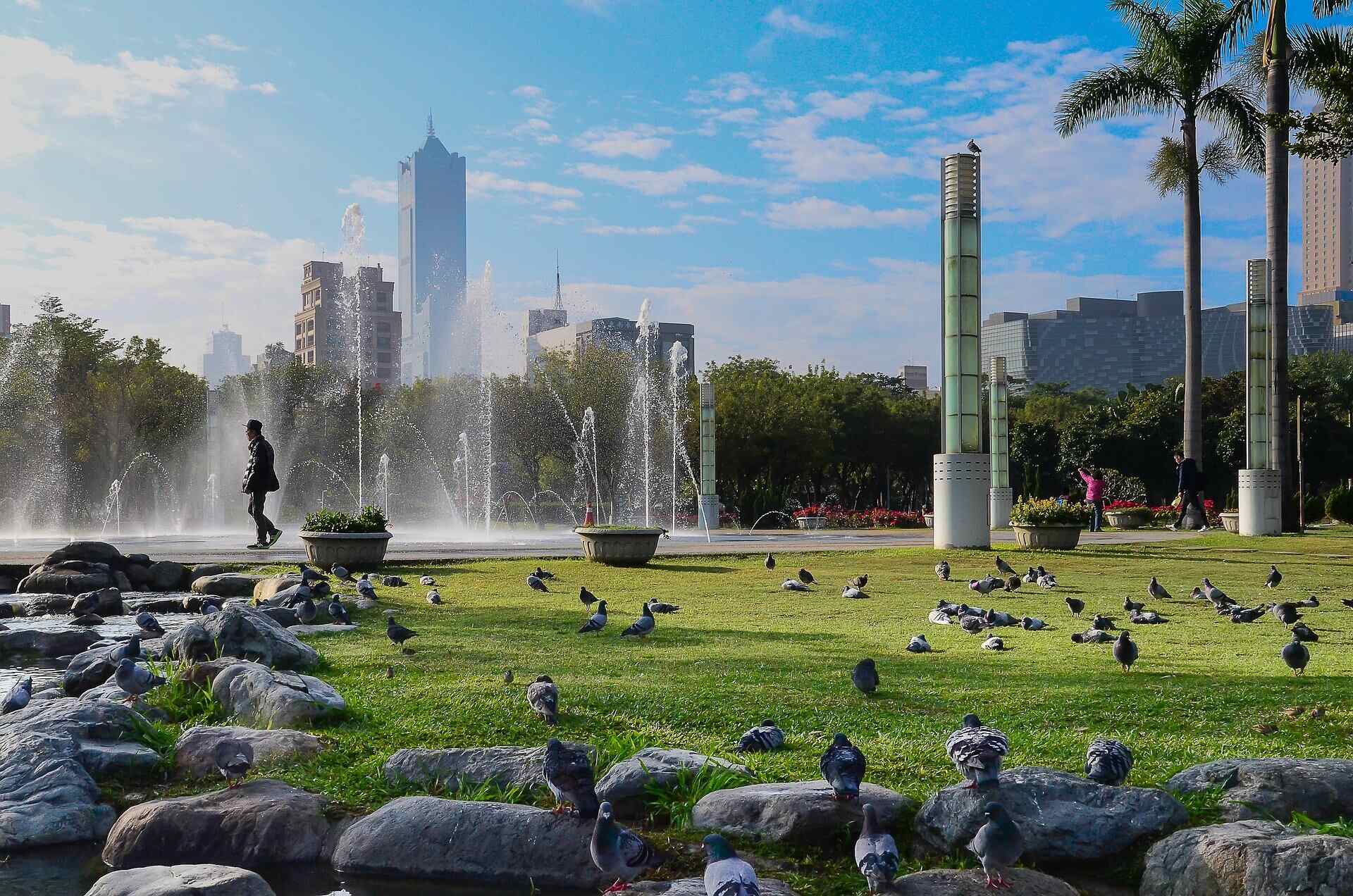

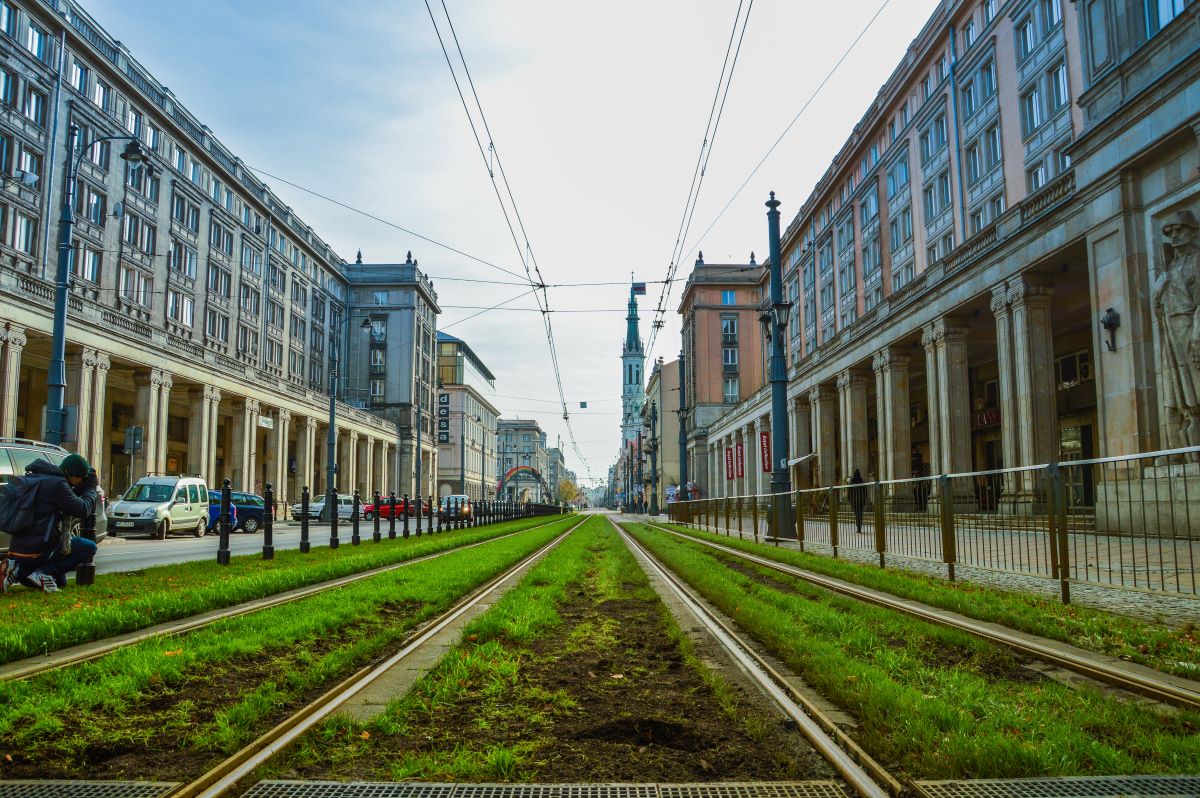
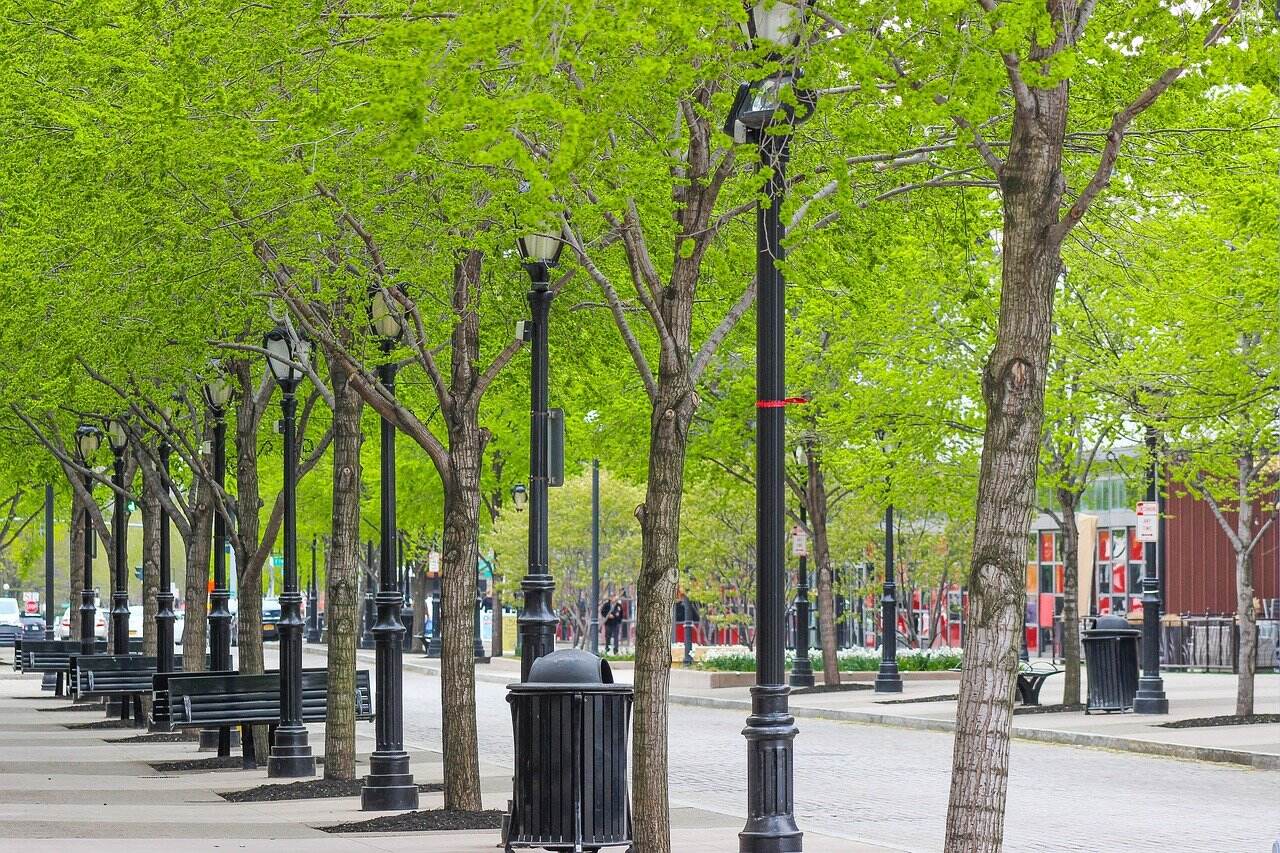
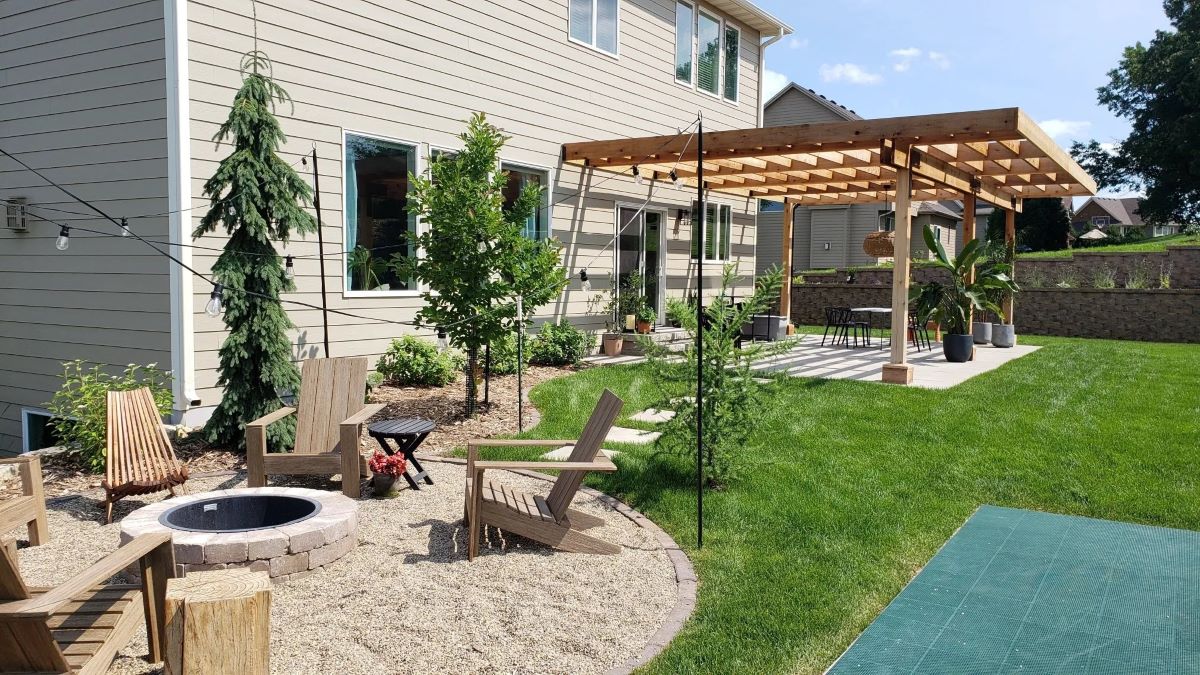
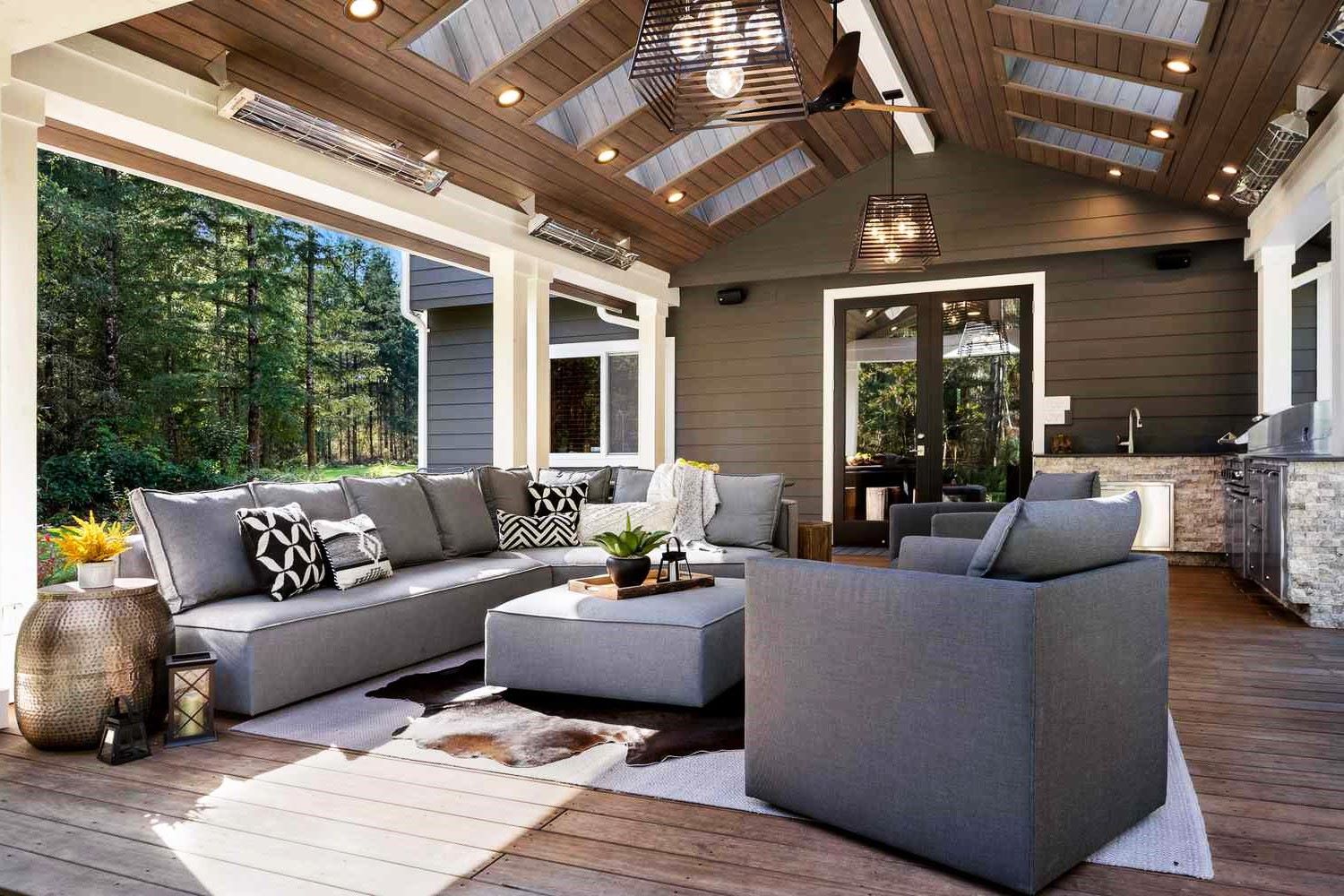
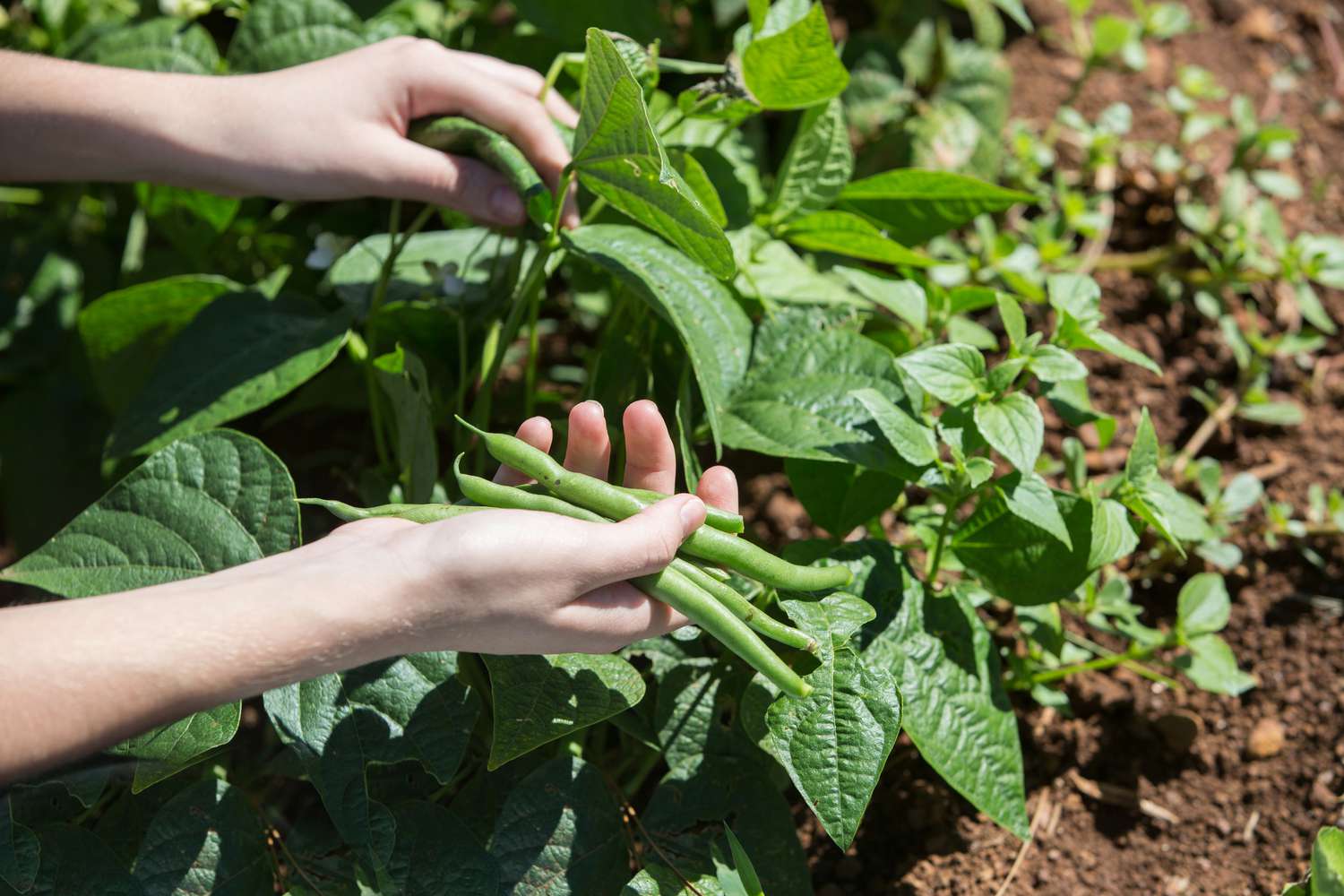
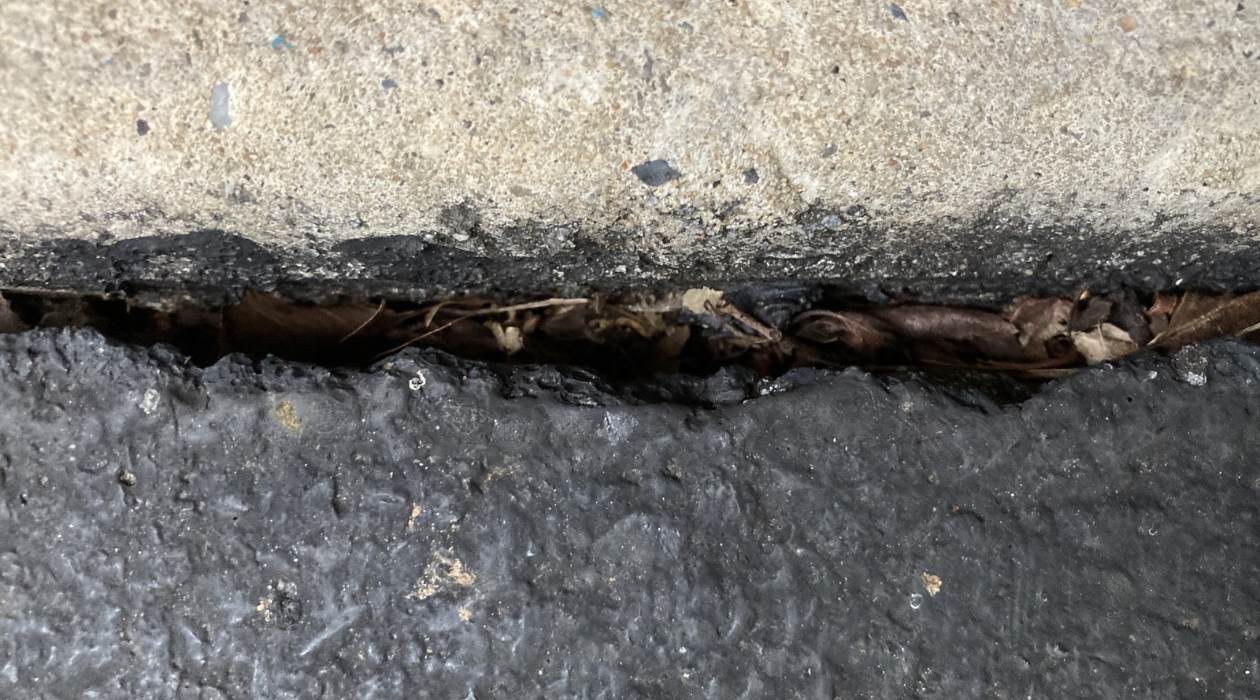
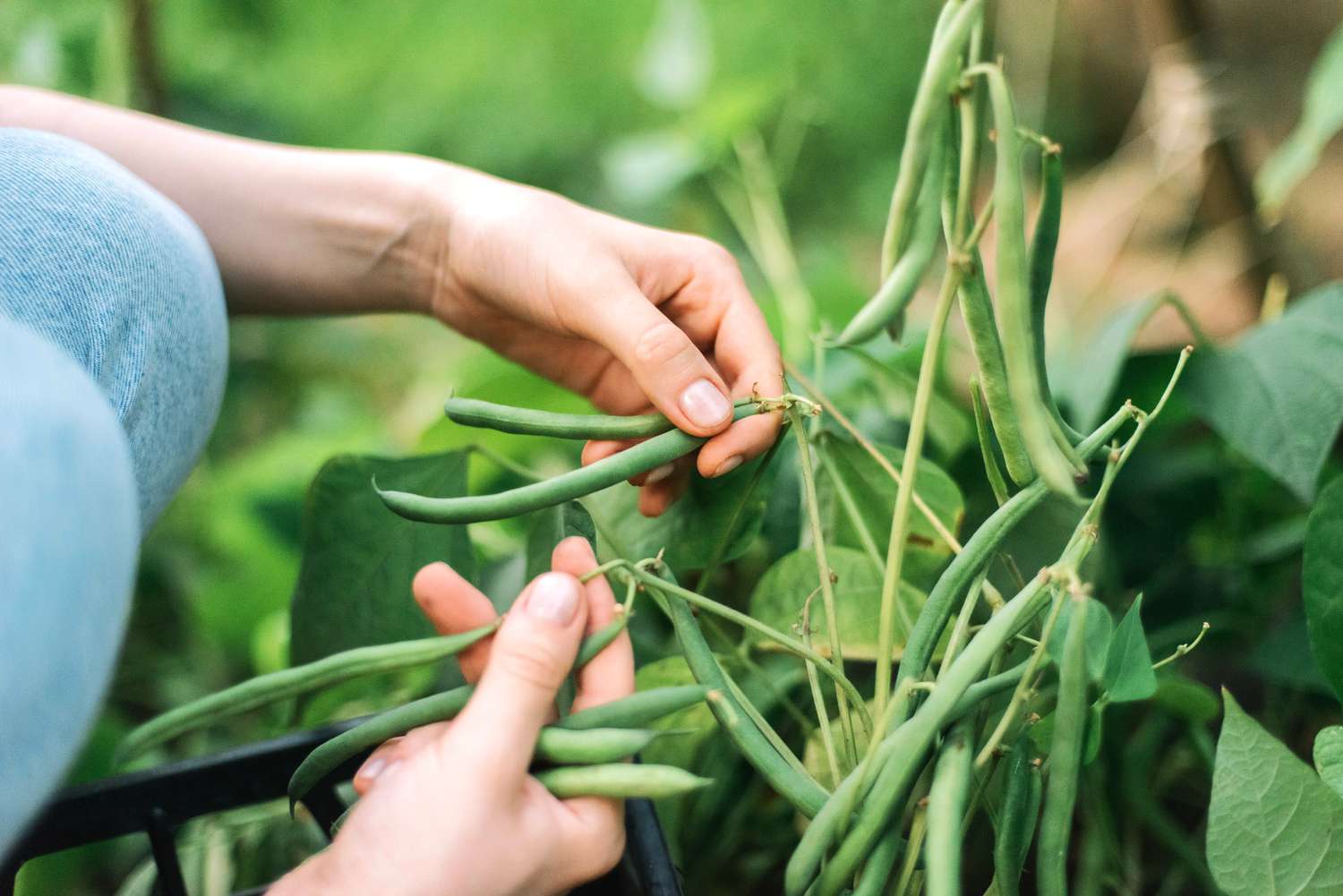
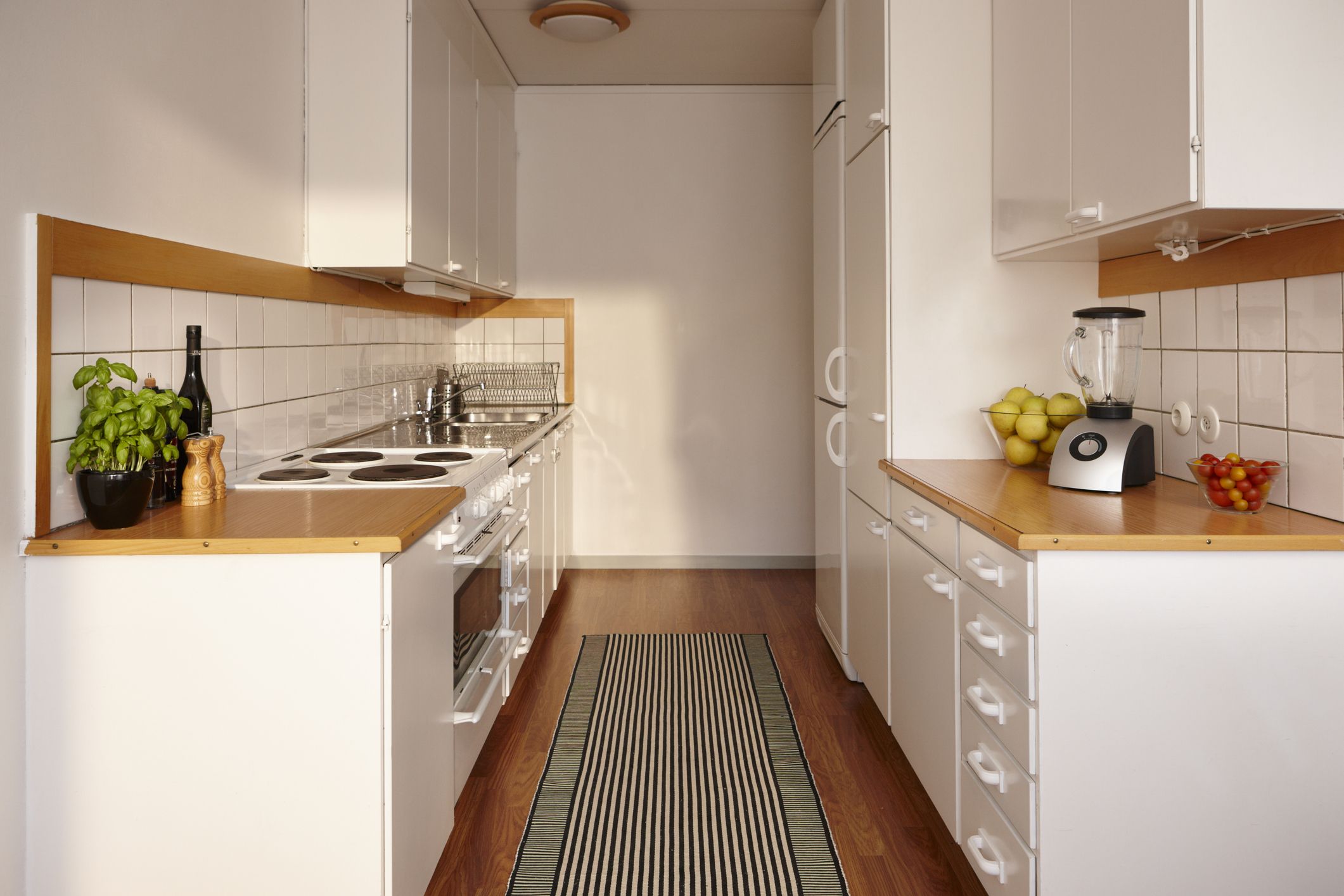
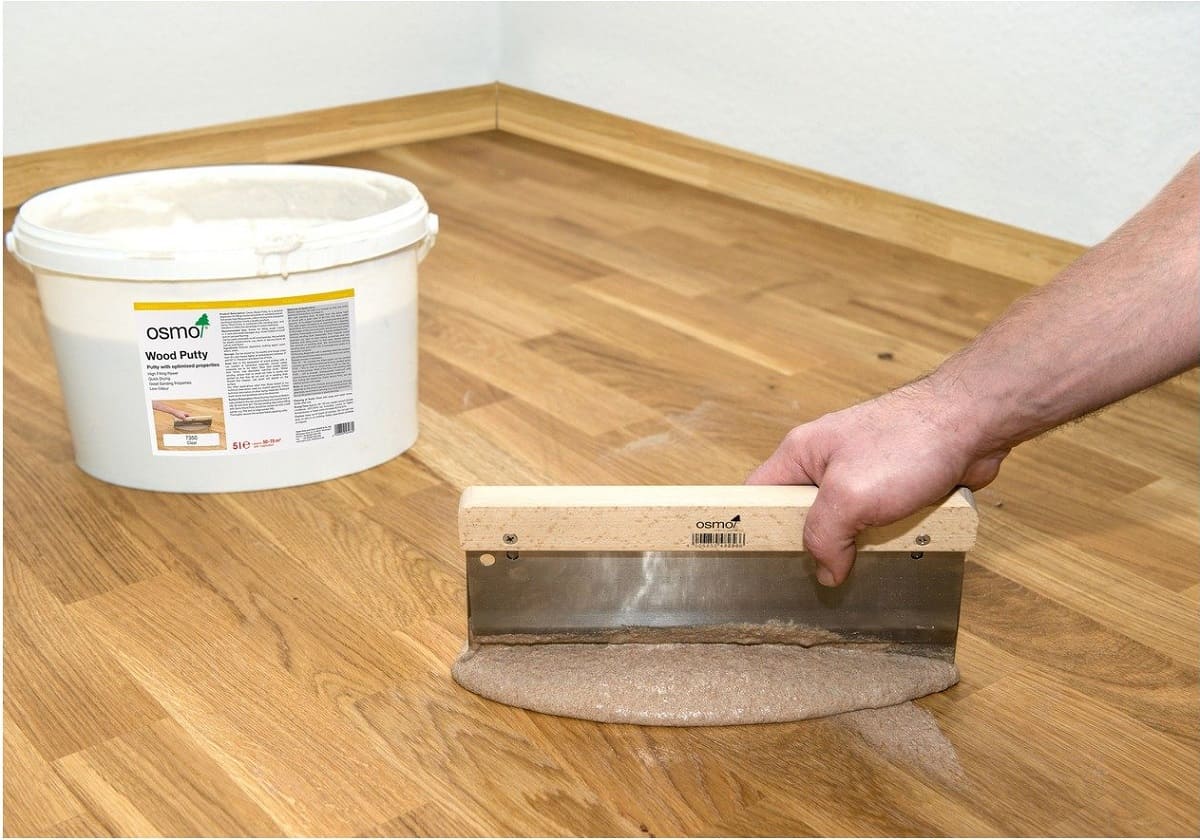
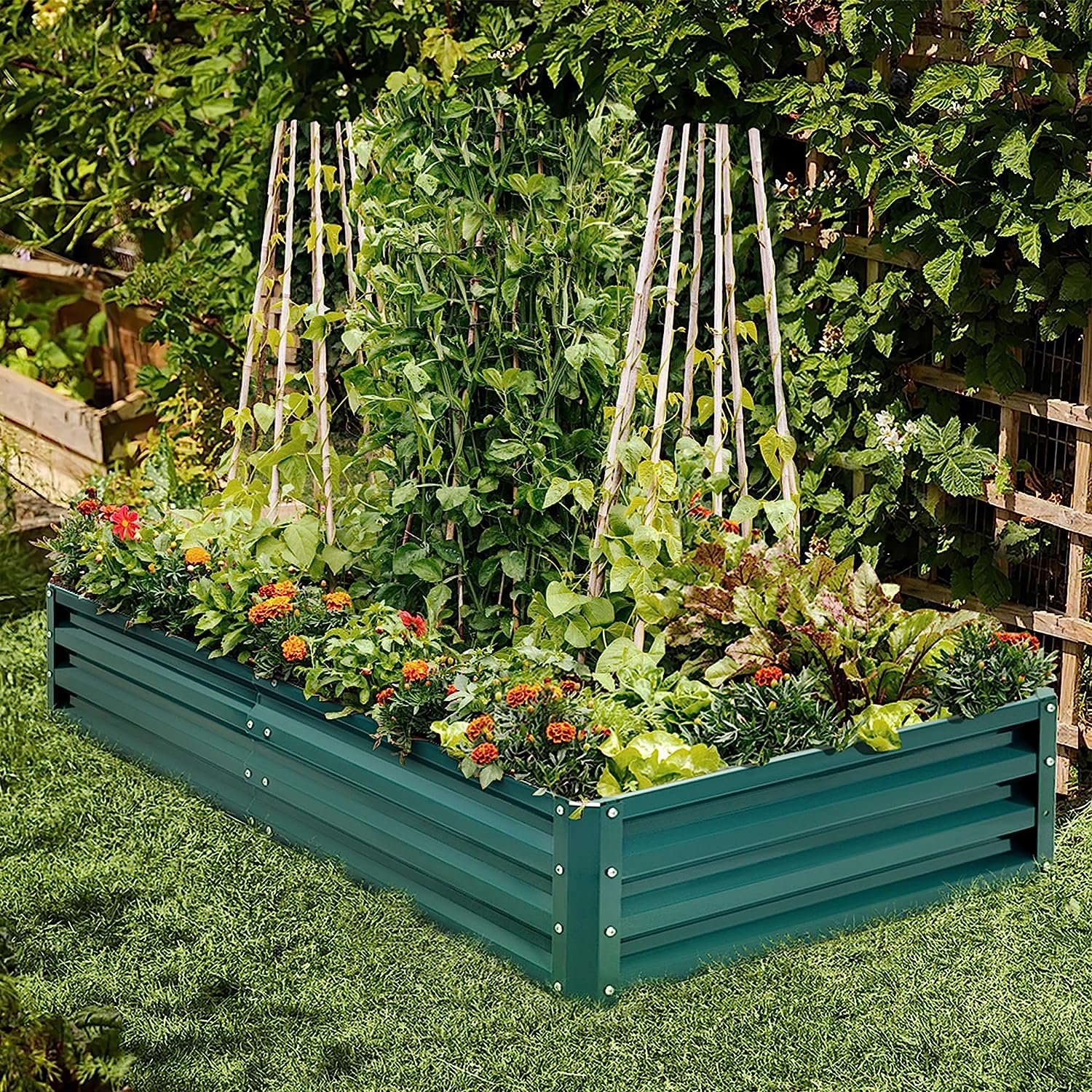
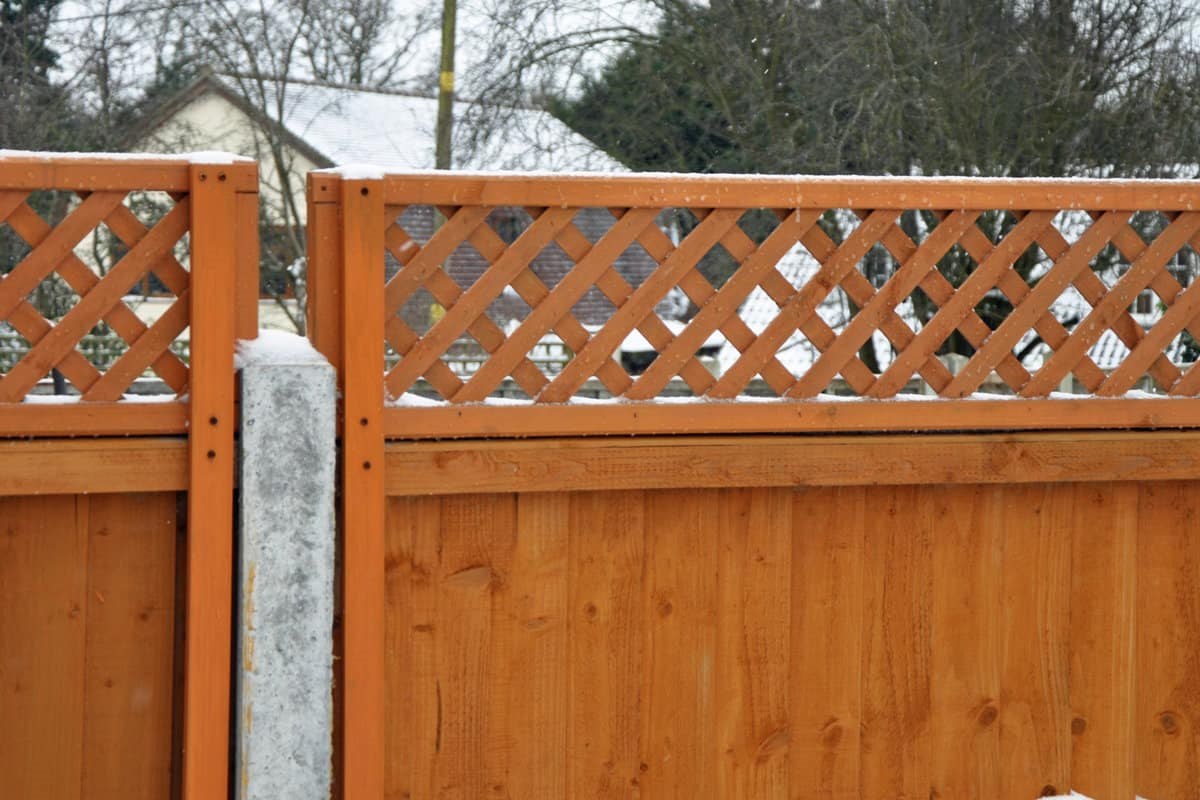
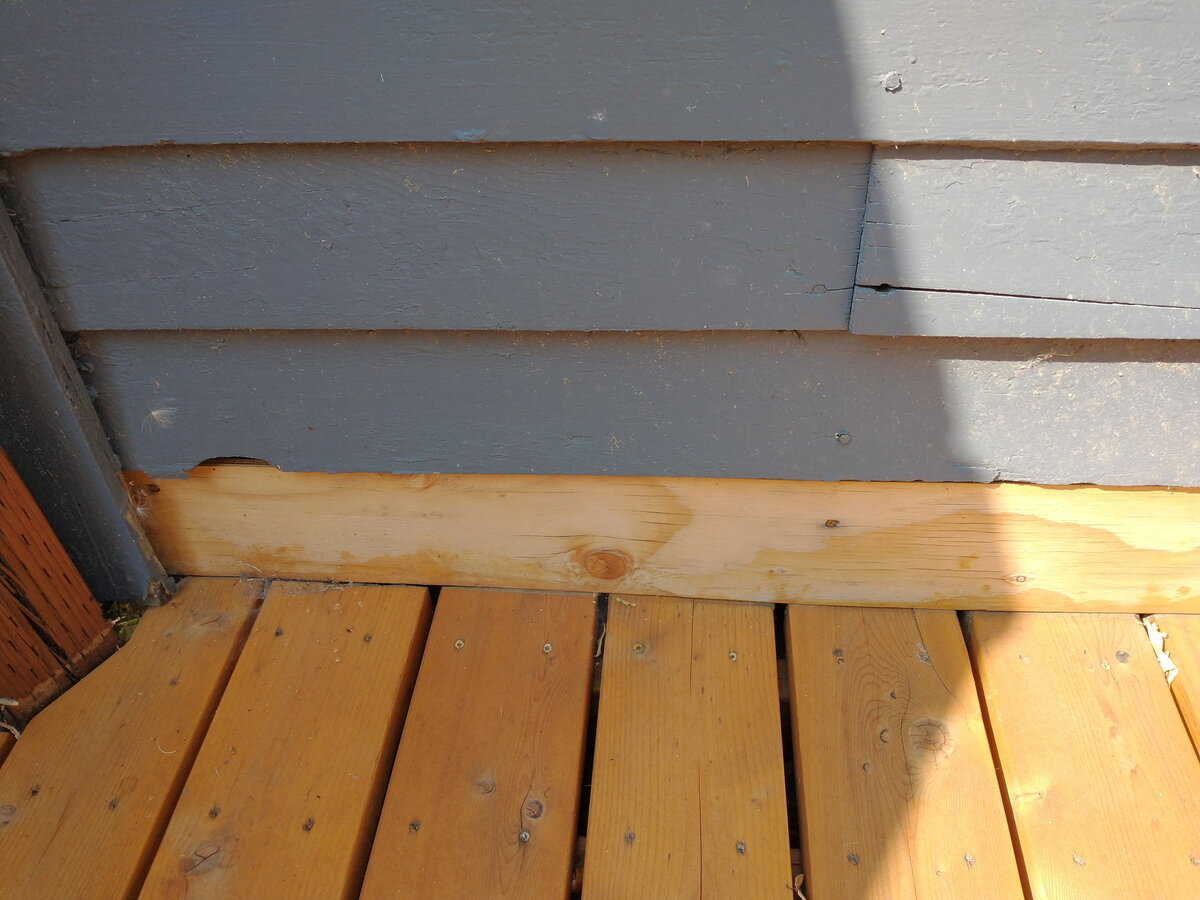

0 thoughts on “Bridging The Gap: How A Recessed Freeway In Dallas Transformed Into An Urban Green Space”